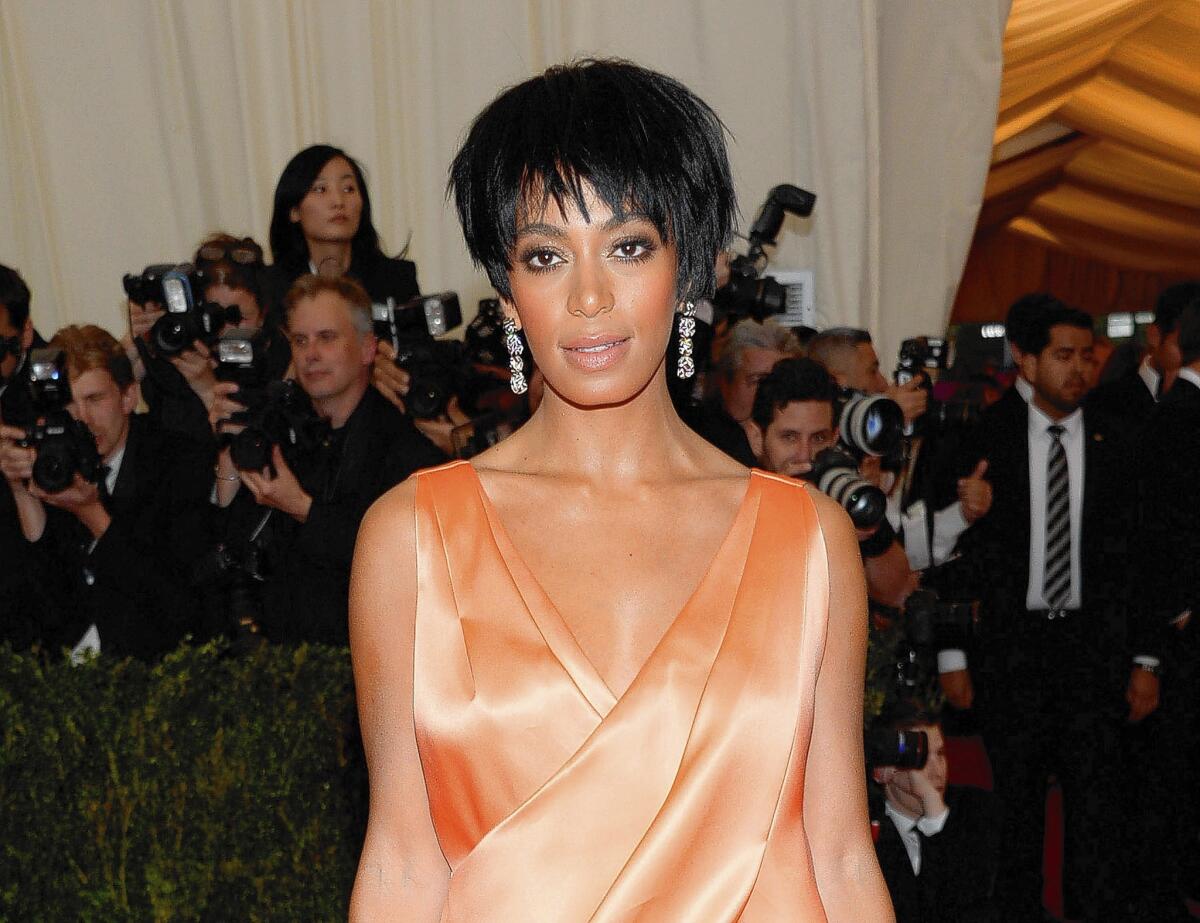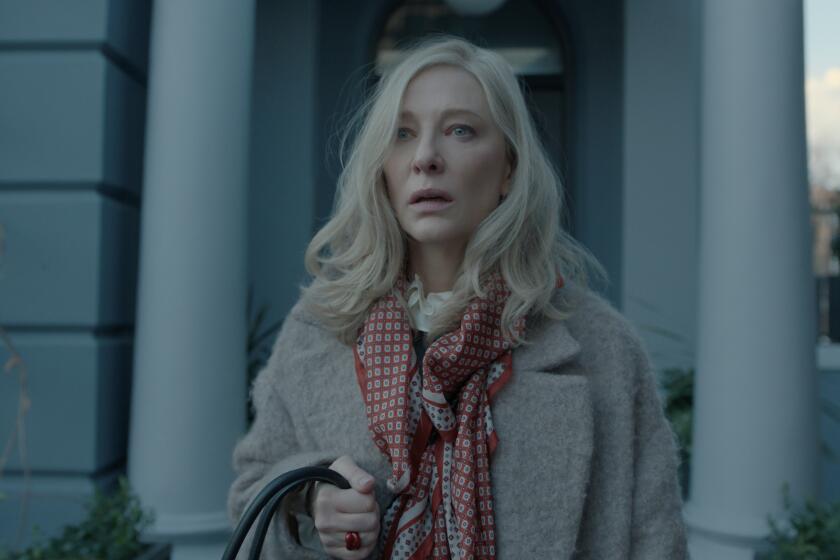Donald Sterling, Jay Z find that private space is open to scandal

Celebrities once landed in hot water when they ventured out into the world, escaping their families or handlers. Hugh Grant was arrested on a side street near Sunset Boulevard, Mel Gibson after a night of drinking in Malibu.
Institutions often revealed their dysfunction in the same way: in plain view. After a high-speed chase, LAPD officers beat Rodney King on the wide shoulder of Foothill Boulevard in the northeast corner of the San Fernando Valley.
But Donald Sterling was inside a friend’s house, her attorney says. Jay Z, Beyonce and Solange were in an elevator, with a bodyguard as a chaperon, at New York’s Standard Hotel.
The spaces of scandal are entirely different now. They are interior, hidden, often domestic.
The traditional architectural markers of privacy — the locked front door, the thick curtain, the elevator doors coming together — no longer mean much of anything. Private space may be the last remaining trap, the last place we’re fooled into thinking that nobody’s watching or listening.
The Jay Z elevator scene, in particular, suggests almost perfectly the odd, growing overlap between celebrity culture and the surveillance state, between TMZ and the NSA, Warhol and Orwell. Shot from above, low-res and soundless, it looks like footage taken by a drone.
Since Disneyland opened in 1955, architecture critics have lamented the ways that public space in American cities has been commercialized and co-opted.
More recently, savvy developers like L.A.’s Rick Caruso, creator of the Grove and the Americana at Brand, have produced lucrative open-air shopping malls that rely on a careful simulation, on private property, of the public realm.
These days, as both the Sterling tape and the elevator scrum make clear, the more dramatic traffic is heading in the other direction. The public is rapidly invading the private.
In his new book “No Place to Hide” — a title both the disgraced Clippers owner and Jay Z can ruefully identify with — Glenn Greenwald describes arranging to meet Edward Snowden in a Hong Kong hotel. Snowden was at that moment the most aggressively pursued fugitive on the planet. But he’d concluded that there was no point trying to be anonymous.
“Snowden was staying at the hotel quite openly, paying with his credit card because, he explained, he knew that his movements would ultimately be scrutinized by the government, the media, and virtually everyone else,” Greenwald writes. “He had set out to demonstrate, he said, that his movements could be accounted for, there was no conspiracy, and he was acting alone.”
This is what it means now to be on the lam. You protect yourself not by hiding but by staying visible.
There are remnants all around of the older brand of scandal. TMZ crews still catch drunk pop stars at valet stands.
Alec Baldwin, something of a classicist when it comes to controversy, a man who prefers to court it in the open, gets arrested for riding a bicycle the wrong direction down a one-way street and kicked off an airplane for refusing to turn off his phone.
But more and more these scenes look quaint. They’re reminders of how celebrities and the city used to interact.
And, sure, there have always been tell-alls by nannies and disgruntled assistants, revenge plots and extortion attempts. For the most part, though, the rich and powerful have controlled information and its release. It was Richard Nixon and his aides who set up the recording equipment in the Oval Office.
Figures like V. Stiviano (who described herself, in one of this saga’s many Don DeLillo-esque details, as Sterling’s “archivist”) might have secretly taped powerful people before, but where were they going to take the audio? There was no market for it.
Maybe a newspaper or television network would have considered running it, on the grounds that Sterling is a public figure. But the tape’s legality would have been the main issue inside any newsroom. The story probably never would have seen the light of day.
These days those recordings are not just easy to make; they have an instant and hungry audience.
Meanwhile elevators, alleys, concourses and parking garages — the generic and forgettable corners of the architectural landscape, territory architect Rem Koolhaas once labeled “junkspace” — are continuously watched by security cameras and satellites. Call it drone urbanism: the top-down view of an unblinking eye.
You can be a flaneur now without leaving the house. Without your shoes on! Voyeurism is clickable. Our curiosity and digital technology have come together to produce a beast.
The beast is nimble, able to leap duplex walls or suspend itself, like the hero of an action movie, above the heads of famous people in elevators.
The beast is everywhere. The invasion of privacy has been democratized. Governments do it. Google and Facebook do it. V. Stiviano and hotel security cameras do it.
So do media outlets. So do private citizens with their iPhones.
You do it to people and people do it you. And architecture is no obstacle.
More to Read
The biggest entertainment stories
Get our big stories about Hollywood, film, television, music, arts, culture and more right in your inbox as soon as they publish.
You may occasionally receive promotional content from the Los Angeles Times.











